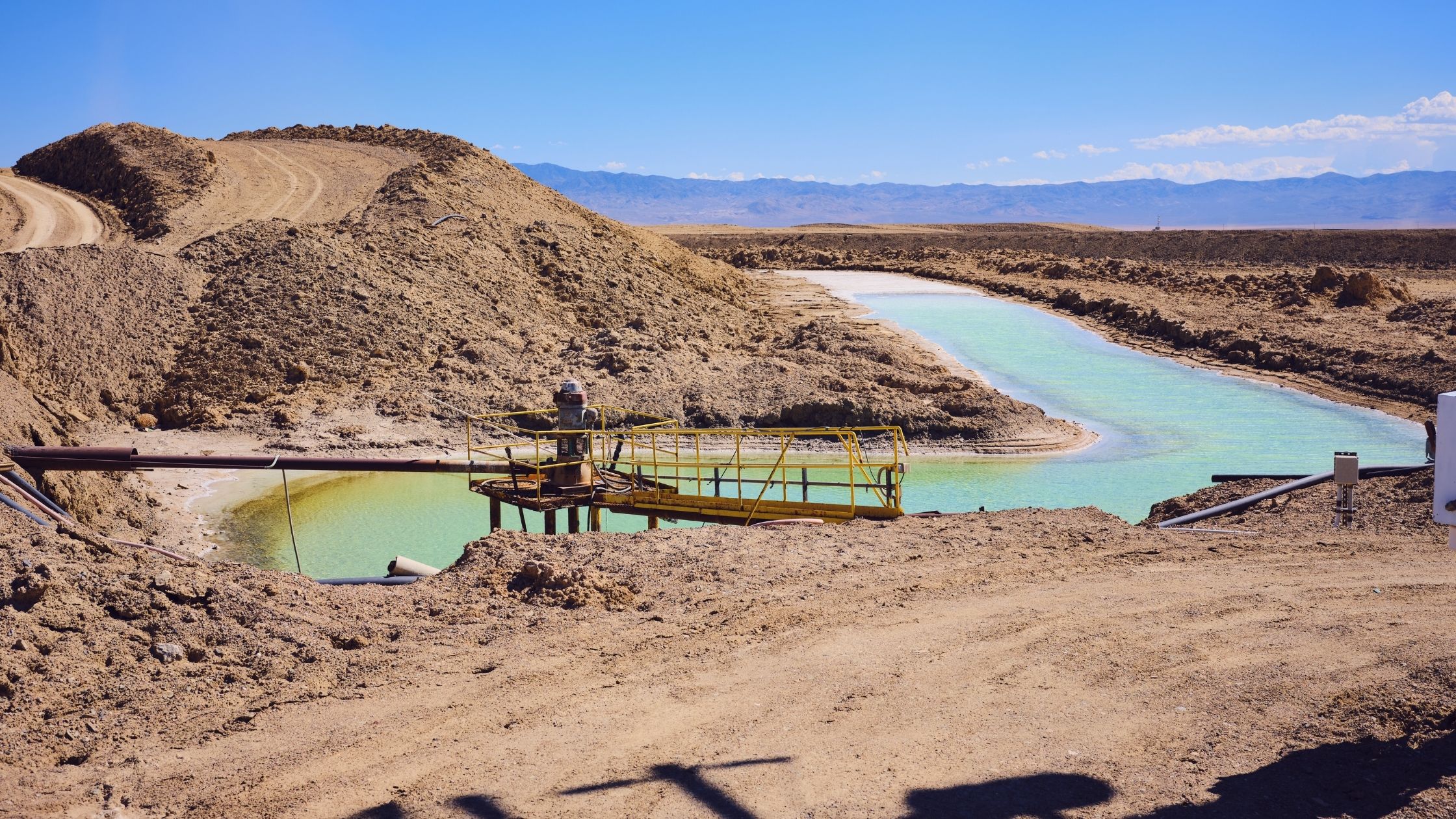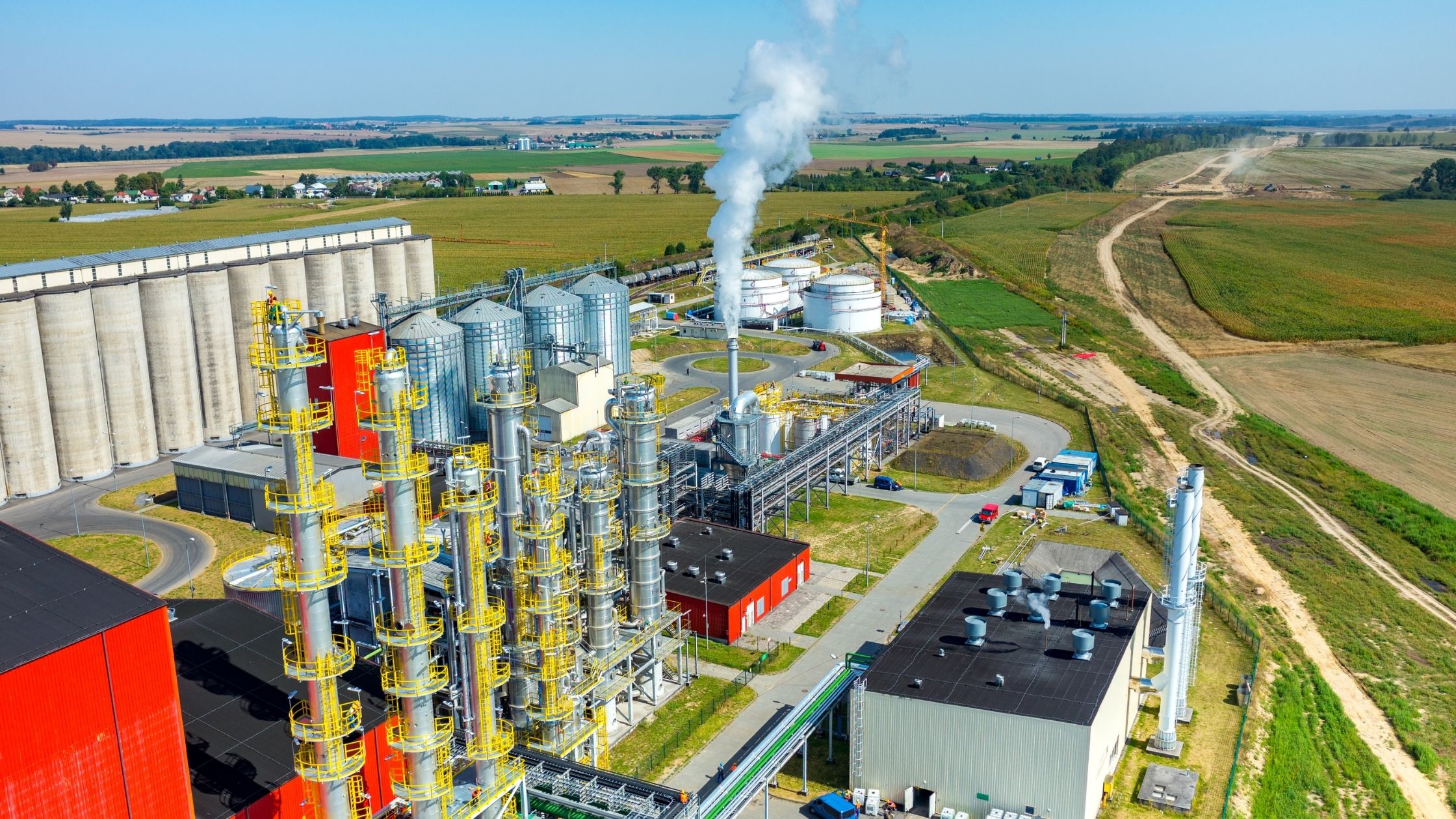
Countries are over-relying on planting trees to meet climate goals
What’s happening? Countries’ current climate pledges rely too much on tree planting as a means of offsetting carbon emissions, according to The Land Gap report. The report noted that meeting all tree planting targets would require 1.2 billion hectares of land, an area larger than the US. (Reuters)
Why does this matter? We are halfway through the COP27 climate summit currently taking place in Sharm el-Sheikh, Egypt. While the nature of national climate pledges has come under question, as outlined above, some positive steps have been made in the area of supporting forests.
What’s been promised so far? Over 25 countries have formed the Forest and Climate Leaders’ Partnership (FCLP), which aims to halt and reverse forest loss by 2030. The partnership will build on the Glasgow Leaders Declaration on Forests and Land use established at last year’s COP26, which had 145 countries in support. However, the initiative has seen disappointingly slow progress in terms of passing new conservation legislation and mobilising capital. Member countries of the new group host around 35% of the world’s forests, and will look to meet twice each year to review progress.
In terms of financing, Germany promised at COP27 to double previous funding for forest protections to €2bn ($2bn) by 2025, while Colombia’s President Gustavo Petro said the country would commit to spending $200m a year to protect the Amazon rainforest. Achieving the FCLP’s goals could support up to 30% of the emissions reductions needed to reach the Paris Agreement goals – while simultaneously boosting biodiversity, food security and the economy.
We need to protect old forests – Primary forests (those undisturbed by human activity) already sequester around one-third of emissions generated every year. Old-growth, mature trees have significantly greater carbon sequestration abilities and ecosystem functions compared to newer, younger seedlings and trees in monoculture plantations commonly used for carbon offsets.
While reforestation can offer climate mitigation benefits, the fact that climate pledges submitted to the UN are over-reliant on tree planting, as the Land Gap report finds, shifts focus away from prioritising direct emissions cuts. Forest carbon accounting is also often inaccurate due to issues around sequestration permanence and additionality.
Running out of land – As we’ve previously explored, there is simply not enough land available to tackle multiple global issues including climate change, poverty alleviation, food production, protecting biodiversity and sustainable energy production.
If the land-based carbon removal measures described in current climate plans are realised, around 633 million hectares – over half of the total area pledged for carbon removal – would see changes in its current land use. This could mean agricultural land or land earmarked for ecosystem restoration schemes being used for tree planting.
The current reliance on land for reforestation also does not consider implications for communities and Indigenous groups that live on and are reliant on it for sustenance and cultural ties.
A forest Opec – As well as the FCLP agreed at COP27, Brazil, Indonesia and the Democratic Republic of the Congo – home to over 50% of the world’s remaining primary tropical forests – are in talks about a strategic alliance on forest conservation, being dubbed as the “Opec for rainforests”.
The alliance could lead to the nations committing to joint proposals on carbon markets and finance. Meanwhile, the European Union just approved the Land Use, Land-Use Change and Forestry Regulation, which will see its forests, marshes and other natural CO2 sinks expanded and protected.


